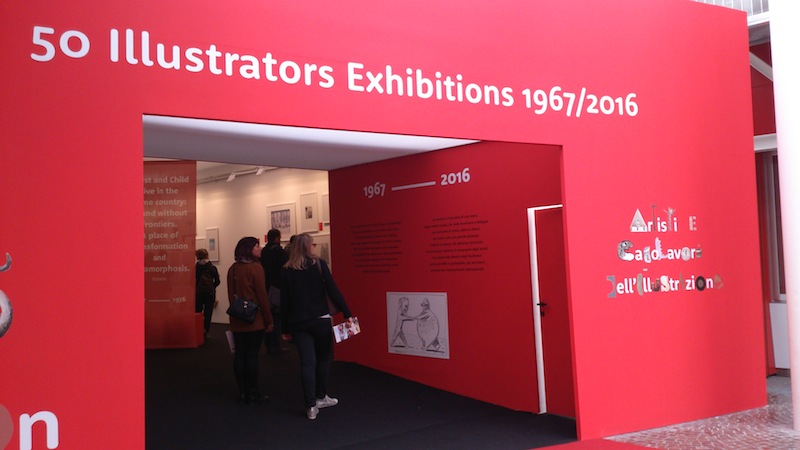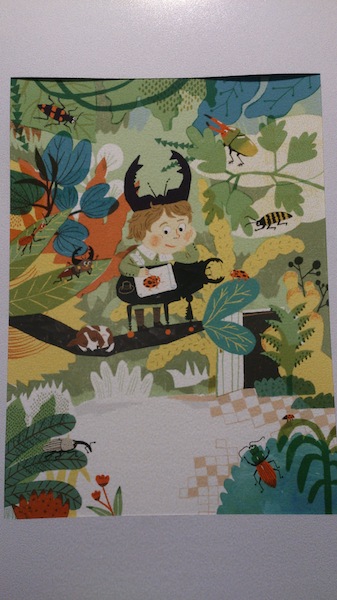Although the Illustrators Exhibition at the Bologna Children’s Book Fair was launched in 1967, Taiwan didn’t have its first featured illustrator until 1989. The timing closely followed the lifting of martial law in 1987 when after decades of political and educational repression, Taiwan gradually began to open up and make progress towards reform. As politics opened up, all kinds of creative spheres now had freedom of thought and expression which let them flourish and become more diverse. Then as education opened up, there was a shift in the Taiwanese perspective on childhood and what it meant to produce books for young readers, so the publishing industry began experimenting with other possibilities beyond moral storytelling.
2019 marked the peak of Taiwan’s participation in the Illustrators Exhibition when Taiwanese illustrators accounted for 9 of the 76 featured artists from around the world. As of 2022, the exhibition has featured 89 Taiwanese illustrators since Hsu Su Hsia’s (徐素霞) work was first chosen in 1989. These illustrators include Page Tsou (鄒駿昇) and Cho Pei-Hsin (卓霈欣) who won the International Award for Illustration (awarded by Fundación SM, part of Spanish publisher Grupo SM) in 2011 and 2021 respectively.
If an artist’s work is featured in the exhibition and they’re able to go on and publish a full-length picture book, it usually has a substantial impact on their domestic reputation, and the relevant invitations start to pour in, such as those from government bodies involved in making picture books that relate to policy or cultural conservation. For example, the Taoyuan Government’s Cultural Affairs Department invited Ballboss and Lin Lian-En (林廉恩) to each create their own work on the topic of “Remembering Military Dependents’ Villages”. These works portrayed the communities which gradually formed in settlements that were purpose built for Nationalist soldiers and their dependents when they retreated from mainland China in 1949. In 2022, Ballboss was featured in the Illustrators Exhibition for a second time with his book Flight from Crow Cave (從烏鴉洞起飛), and Page Tsou was featured a fifth time with his work Hide and Seek (捉迷藏) which was published by the National Taiwan Museum.
There are two illustrators from the last few years whose works we particularly wanted to recommend to international readers. Both artists have been featured twice in the Illustrators Exhibition:
Liu Hsu-Kung 劉旭恭 (2015, 2018)
After creating children’s picture books for the last 20 years, Liu had already amassed a large number of loyal readers by the time his work was selected for the Illustrators Exhibition. His books were often philosophical without being pretentious and while the style was very childlike, a lot of adults also found themselves falling in love with the stories after reading them aloud. His first book I Want to Eat Durians! (好想吃榴槤) still transcends age boundaries and is widely beloved by readers. Similarly, his other books such as The Orange Horse (橘色的馬), Off to Tortoiseland (到烏龜國去), The Little Paper Boat (小紙船) and Little Mouse’s Dream (小老鼠的夢想) are all worth recommending to international readers.
Who’s Stop Is This? (誰的家到了) (featured in the 2015 Illustrators Exhibition) is a board book, which is a format that remains relatively rare among Taiwanese children’s books. Although the plot and image composition are both quite simple, there are still details that are worth exploring such as the protagonist which is a bus designed to look like an animal so that it feels kinder and a little less mechanical. The passengers get off the bus one after the other and head home, creating a steady rhythm with the kind of added variations that children enjoy. It’s a book that ultimately caters to the emotional needs of toddlers and there’s a comforting ending which leaves them feeling satisfied.
In Where Did the Ticket Go? (車票去哪裡了) (featured in 2018) the story immediately begins with a series of narrative climaxes that combine with powerful colour contrasts to make the story feel fast-paced, but the book’s ending and the way the story develops in the middle section both leave the reader with a feeling of tranquillity. Again and again, the characters are full of determination as they embark on challenging expeditions together. However, what truly stays with the reader isn’t the characters’ drive but rather the thoughtful way their determination transforms as they approach their difficult goals.
Chang Hsiaochi 張筱琦 (2020, 2021)
Before her work was selected for the Bologna Illustration Exhibition, Chang Hsiaochi had mostly collaborated with other writers and her characters often felt like they were doing little leaps. While there was a slight cautiousness to these leaps, it was clear from her illustrations that she longed to be less constrained and have more narrative scope. After her five drawings from Waiting for Mama (等媽媽來的時候) were selected for the exhibition in 2020, then another five from Which Side is Which? (哪邊是哪邊) were selected in 2021, she developed the original illustrations into picture books where she could act as both author and illustrator. These two books and her two other titles that were published at around the same time (The Moon Today (今天的月亮) and We’ll Get There Anyway! (反正都可以到嘛)) showed just how agile her illustrations could be and how in the process she could make readers’ childlike hearts leap too.
While all four texts are extremely short, there is a joyful rhythm in reading them aloud. Moreover, with the exception of Waiting for Mama’s relatively clear-cut subject matter, all of Chang’s picture books are almost impossible for the reader to easily define. It can seem like there isn’t an underlying purpose to these books and yet they always leave the reader feeling good. And after all, what could be more important for a picture book creator than writing and illustrating works that make her happy and make her readers feel good?
Both Liu and Chang’s illustration styles tend to be unpolished in a way that feels effortless and their simplicity holds up well over repeat readings. The Illustration Exhibition has also featured Taiwanese artists whose picture books confront heavier issues. For example, Sometimes (有時候) by Ali Ginger (阿力金吉兒) (featured in 2012) poetically depicts the strength of human resilience in the face of natural disasters; Good Things (好東西) by Huang Yu-Chin (黃郁欽) (featured in 2016) creates an unusual character to get readers to contemplate nuclear energy; and Once Upon a Time, A Train Came to the Island (從前從前,火車來到小島) by Yi Wen (黃一文) (featured in 2021) confronts historical scars from a perspective of transformative justice. All of these books feature spectacular words and illustrations that make each of them significant and far-reaching in their own way.
3.jpg)
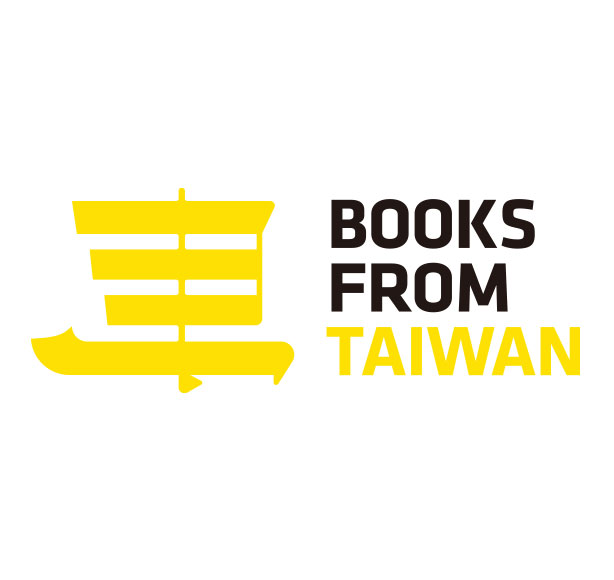

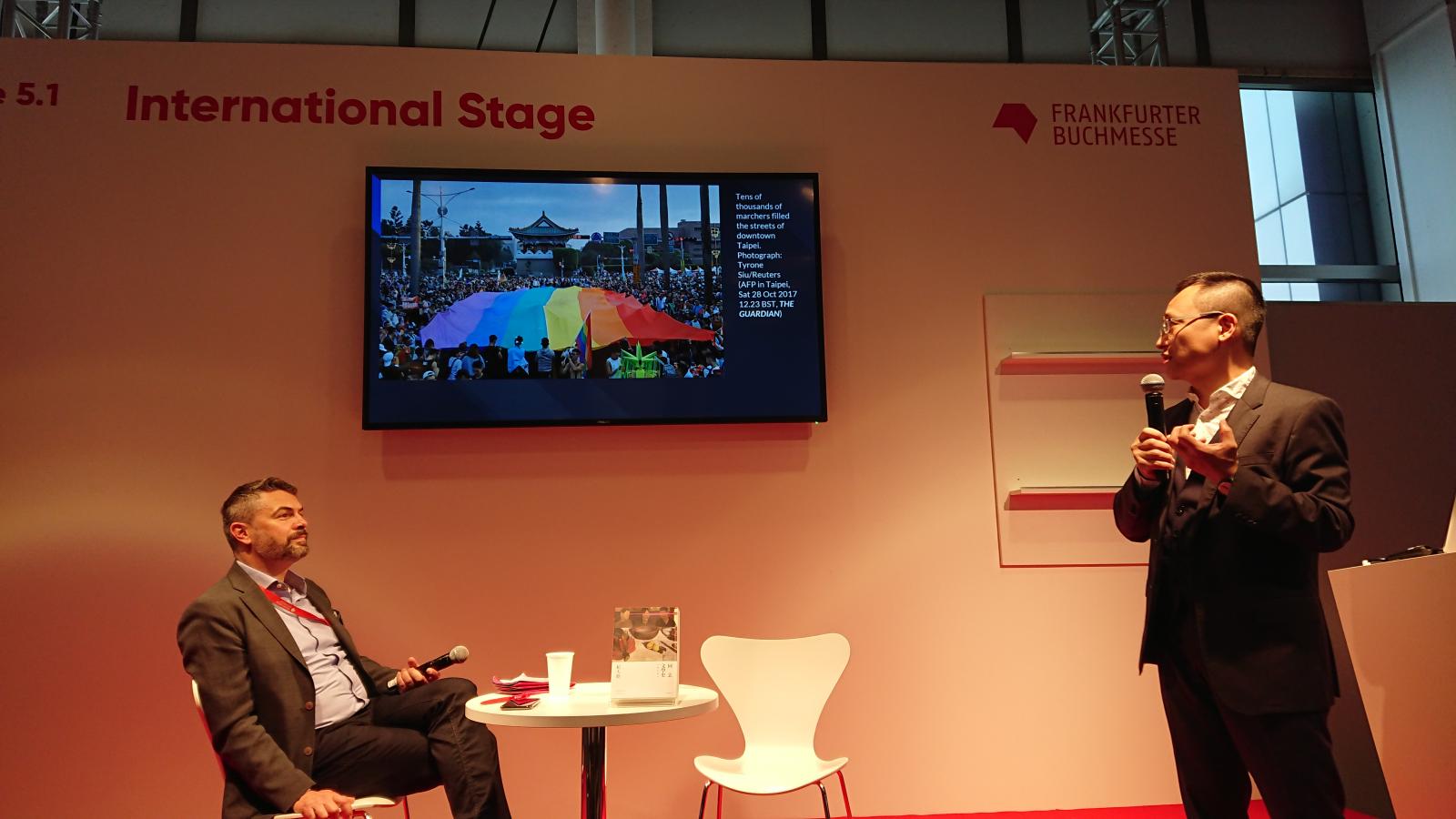
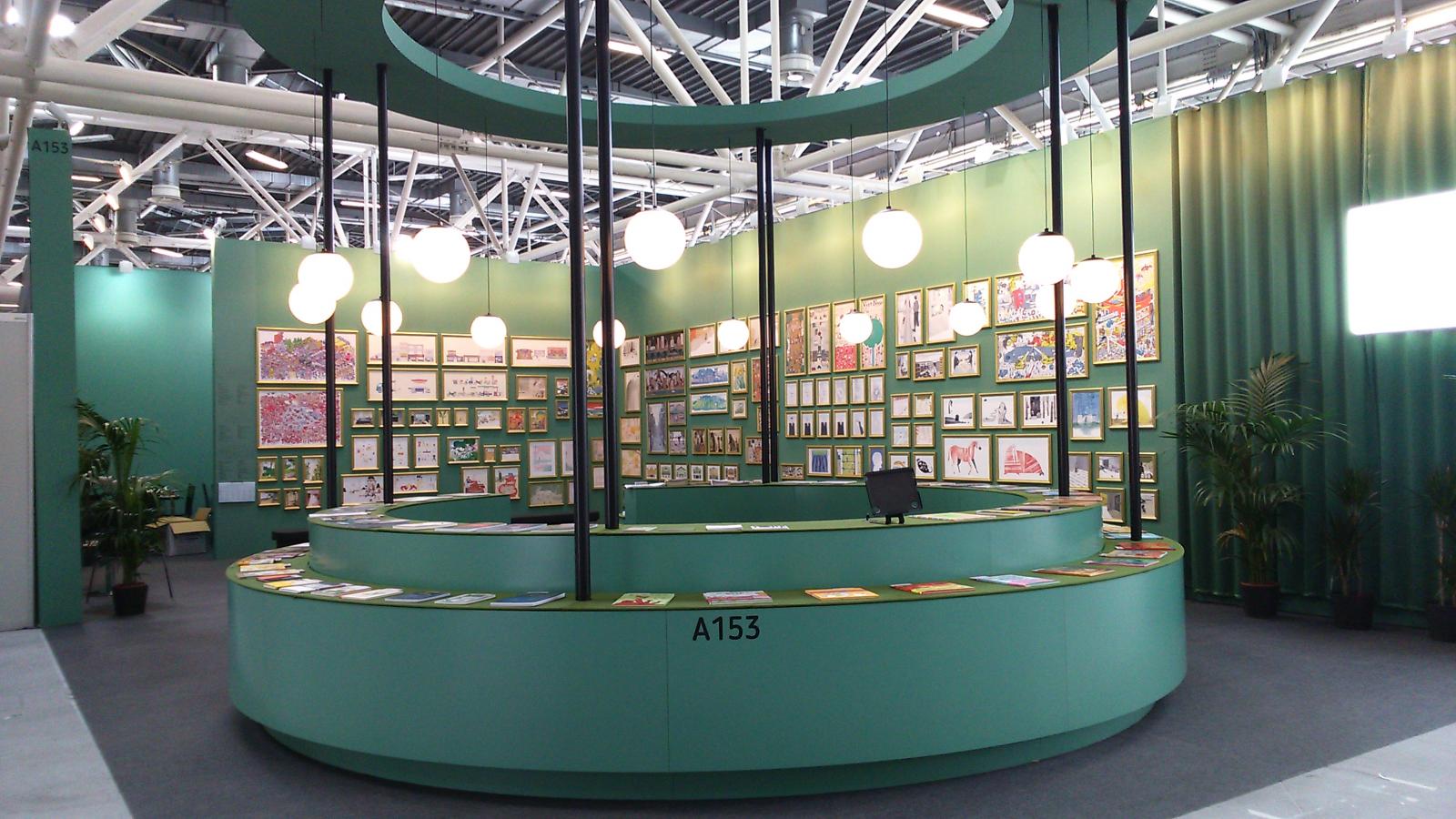
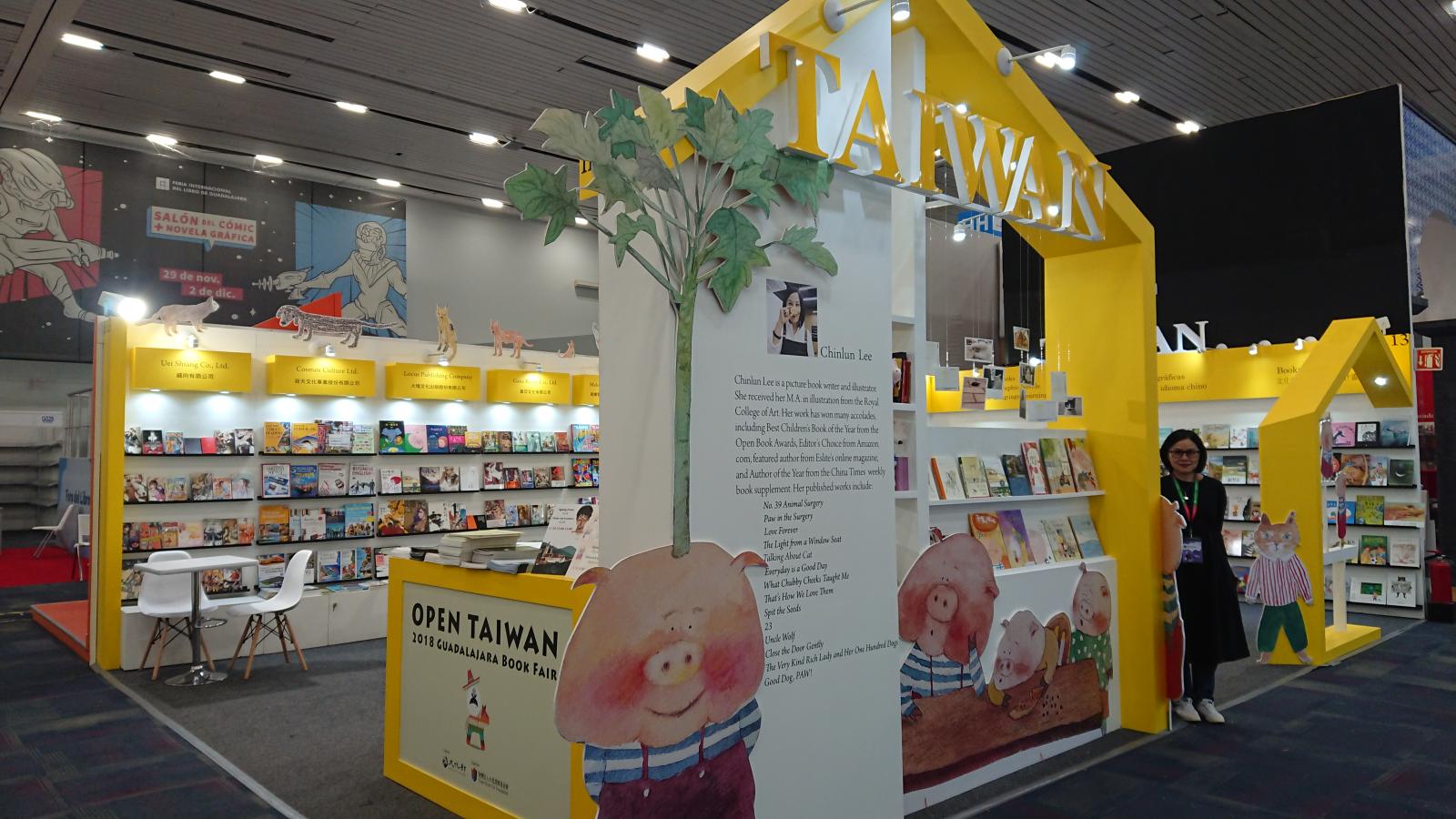
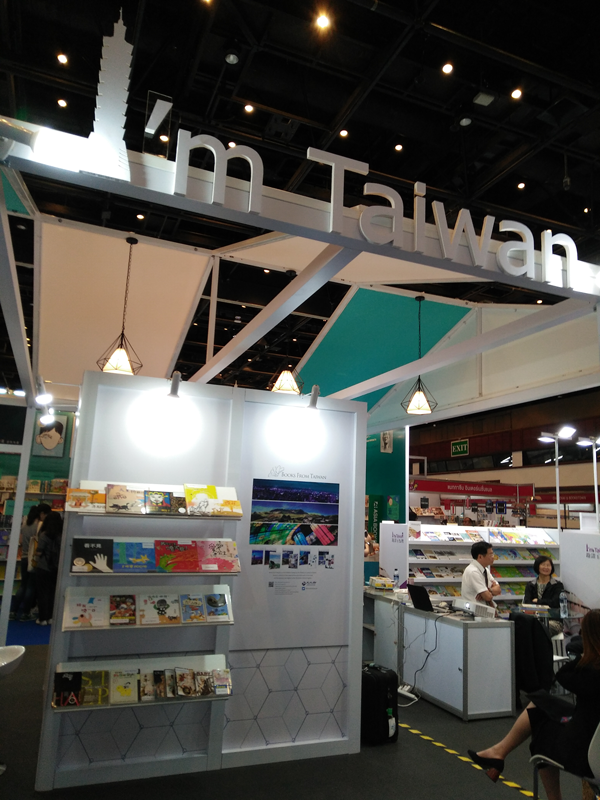
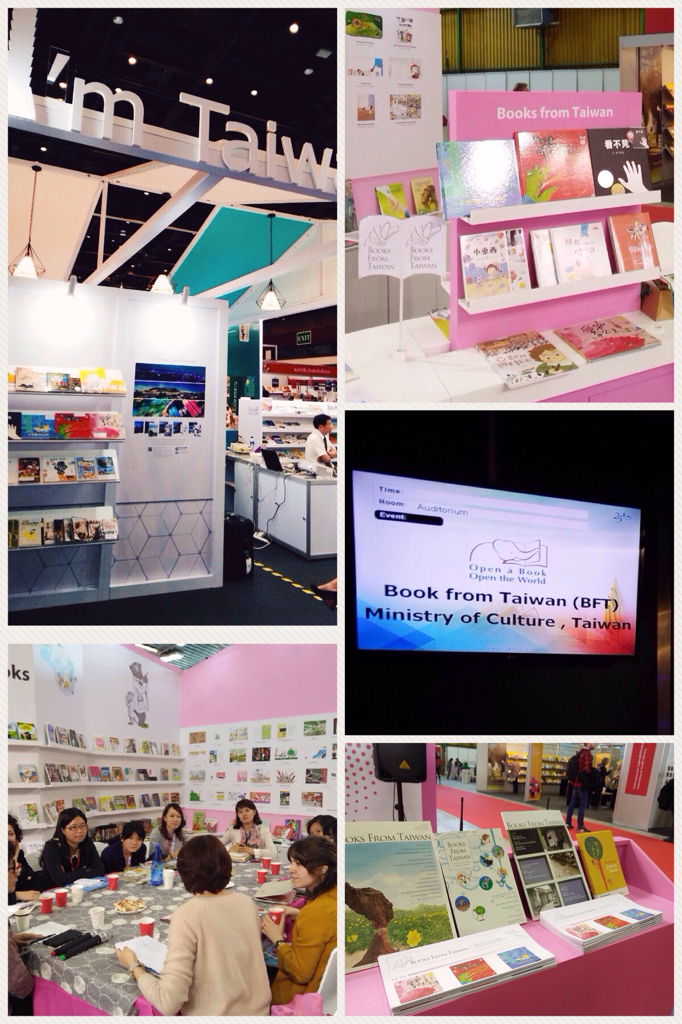

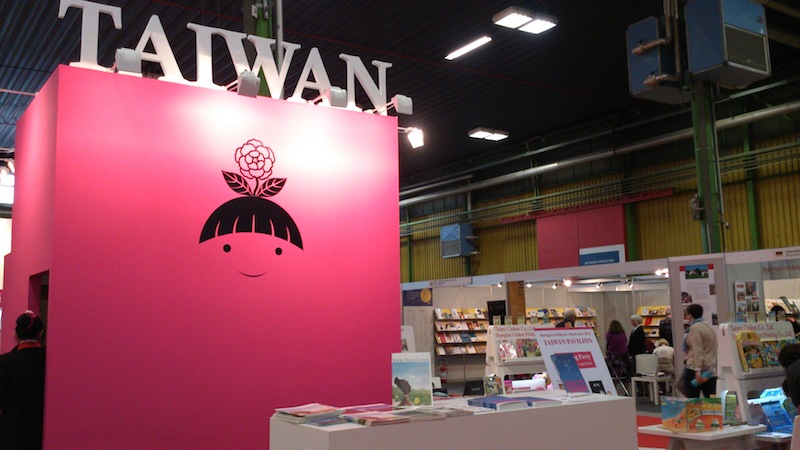
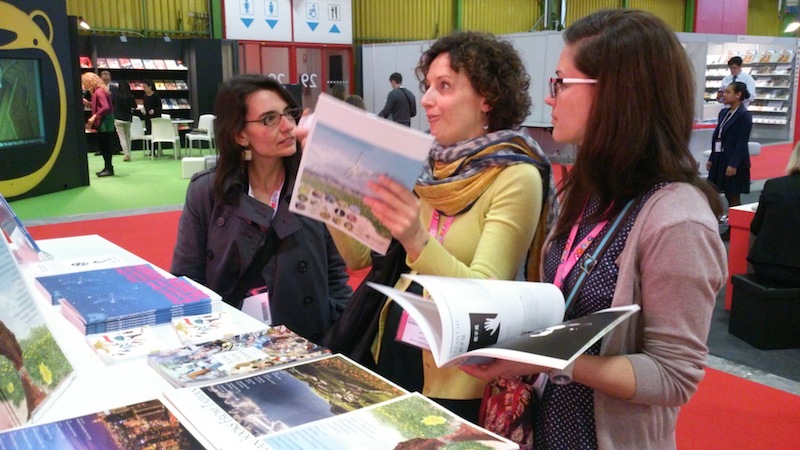
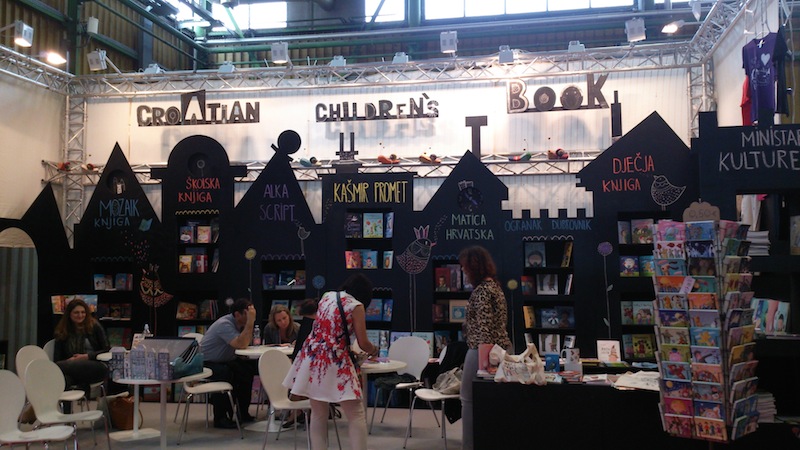 Croatia
Croatia